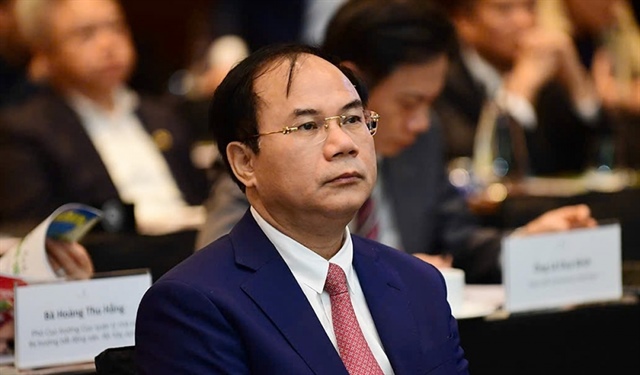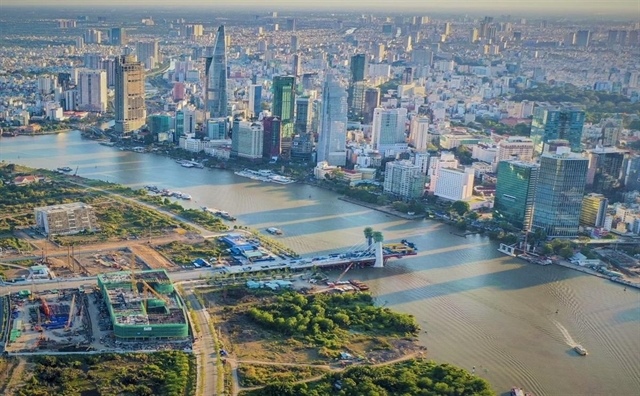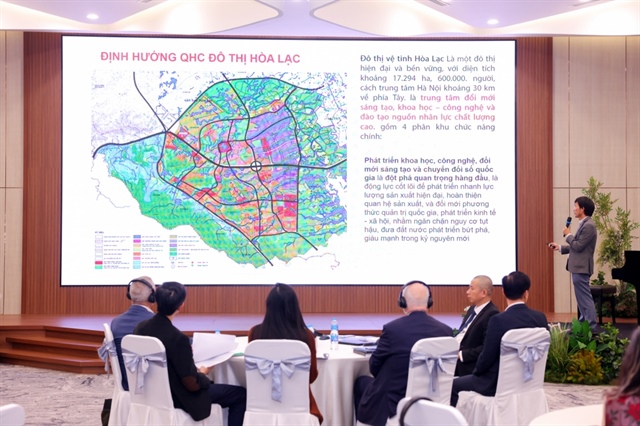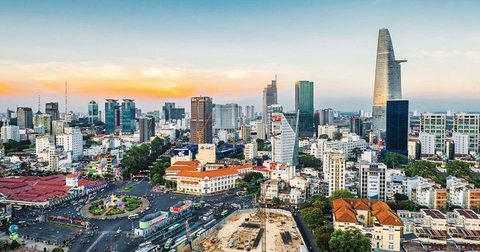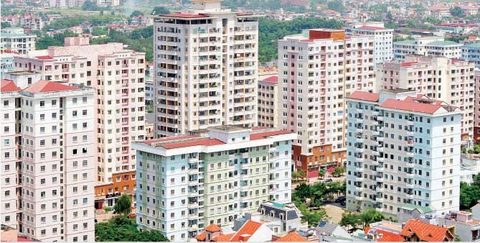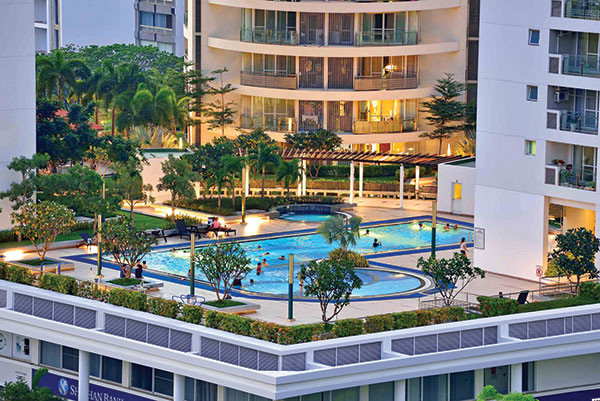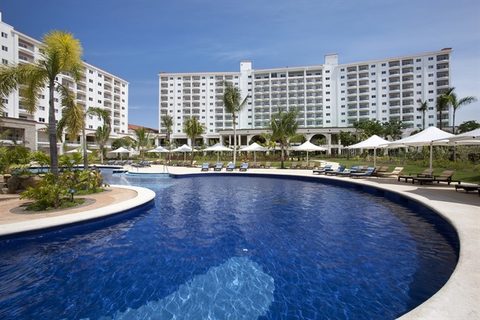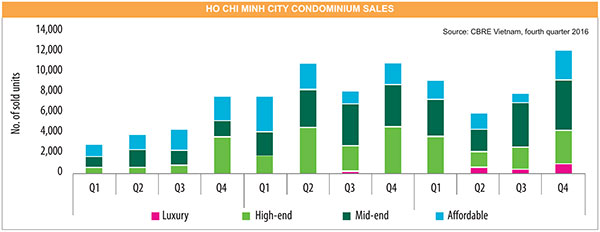HCM City aims for sustainable realty market
HCM City aims for sustainable realty market
Deputy HCM City People’s Committee Chairman Le Van Khoa asked relevant departments to improve management and take measures to tackle factors that could create the conditions for a property market bubble.
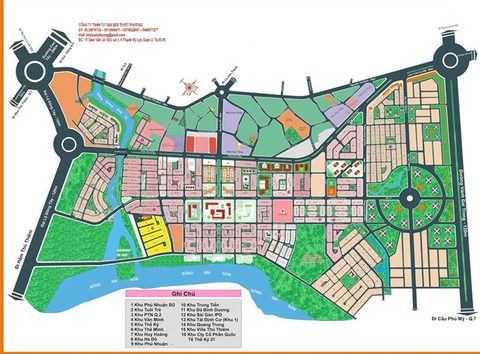
Khoa pointed out during a working session with the municipal Department of Construction this week that there is a shortage of low and mid-end apartments, while high-end properties are abundant. “The imbalance in supply and demand must be tackled,” Khoa said.
Khoa said that the city needed a sound plan for urban development and policies to attract capable developers, especially in renovating degrading apartment buildings.
Tran Trong Tuan, Director of the construction department, said that his team would focus on improving the urban landscape and hastening the development of key and unfinished projects.
He said a research project on the city’s realty market neared completion and would be proposed to the People’s Committee within the first quarter of this year.
Tuan said that the city would also focus on developing homes for low-income earners and workers at prices ranging from VND300 million (US$13,200) to below VND1 billion per unit.
The city plans to complete 30,000 apartment units for low-income earners by 2020.
The HCM City Real Estate Association also recently raised ten proposals to promote the development of the realty market toward transparency and sustainability.
The proposals included amendment to the laws on land, real estate business together with administrative reforms, credit policies and house ownership policies.
However, traffic chaos could put brakes on realty market.
HCM City’s traffic woes, with jams regularly occurring in most places, are affecting the real estate market, especially with a myriad of new housing projects set to be completed soon.
But many have seen it coming for a long time, and developers have avoided some of the bad areas or are unable to sell after building in places with inadequate traffic infrastructure.
For instance, although facilities inside are well developed, a villa project each in District 9 and Thanh My Loi in District 2 had failed to attract buyers.
Also in District 9, Do Xuan Hop, a narrow street with a fair amount of traffic, has four apartment projects with nearly 4,000 flats.
Nguyen Xi Road, very close to Mien Dong (East) Bus Station in Binh Thanh District and just five metres wide, has three apartment buildings -- Thuy Loi, Saigonres Plaza and Richmond City.
In the area near Tan Son Nhat Airport, traffic jams are an everyday occurrence but housing projects are mushrooming. On Hong Ha Street alone there are five apartment projects.
Roads in the north-west of the city like Cong Hoa and Truong Chinh have a chronic traffic problem. But here the real estate market has not developed much. Not many apartments have been built in this area though there are many vacant plots of land.
Tran Duc Vinh of Tran Anh Long An Real Estate Joint Stock Company was quoted as saying by Dau Tu (Viet Nam Investment Review) newspaper that a nightmare for developers is building a project in an area where traffic infrastructure is not adequately developed.
He cited the example of his own company’s Bella Villa project, saying traffic jams are a constant occurrence in the area because of poor infrastructure, and as a result, his company could not begin sales on schedule.
The same situation is also witnessed in Districts 7 and Nha Be since there are only a few bridges connecting them with the city centre while innumerable housing projects have been developing there.
River City project on Dao Tri Street is unable to attract buyers due to the traffic situation.
Nguyen Huy Vu, general director of Ban Viet Real Estate Service and Building Company, predicted 2017 to be a hard year for developers trying to sell their products because of the traffic problems.
The problem has been brewing for a long time but not been fixed, and this year developers would suffer, he added.
A CBRE executive, talking about the prospects for the city real estate market, warned that transportation would be a thorny issue.
She told Viet Nam News that traffic jams were a serious issue affecting the development of the market.
Le Hoang Chau, the chairman of the HCM City Real Estate Association, said the development of the property market and infrastructure should occur simultaneously.
"The city’s infrastructure is designed for a population of three million, which has now risen to 10 million," he said.
To resolve the problem, he said developers should play a part in developing infrastructure when they plan a new project.
Vu agreed with him, saying city authorities should insist that companies develop surrounding infrastructure when building a new project.


